The Lewisia flower is a stunning example of the plant world that can be found in western North America. It grows on rocky cliffs and alpine meadows, and its vibrant colors and tenacity make it a beloved wildflower among hikers, botanists, and nature enthusiasts. It was named after Meriwether Lewis, the famous American explorer who collected samples of the flower during the Lewis and Clark Expedition. As a symbol of resilience and natural beauty, the Lewisia has captured the hearts of many. In this article, we’ll explore the captivating world of the Lewisia flower, diving into its appearance, characteristics, and significance in the landscapes it graces.
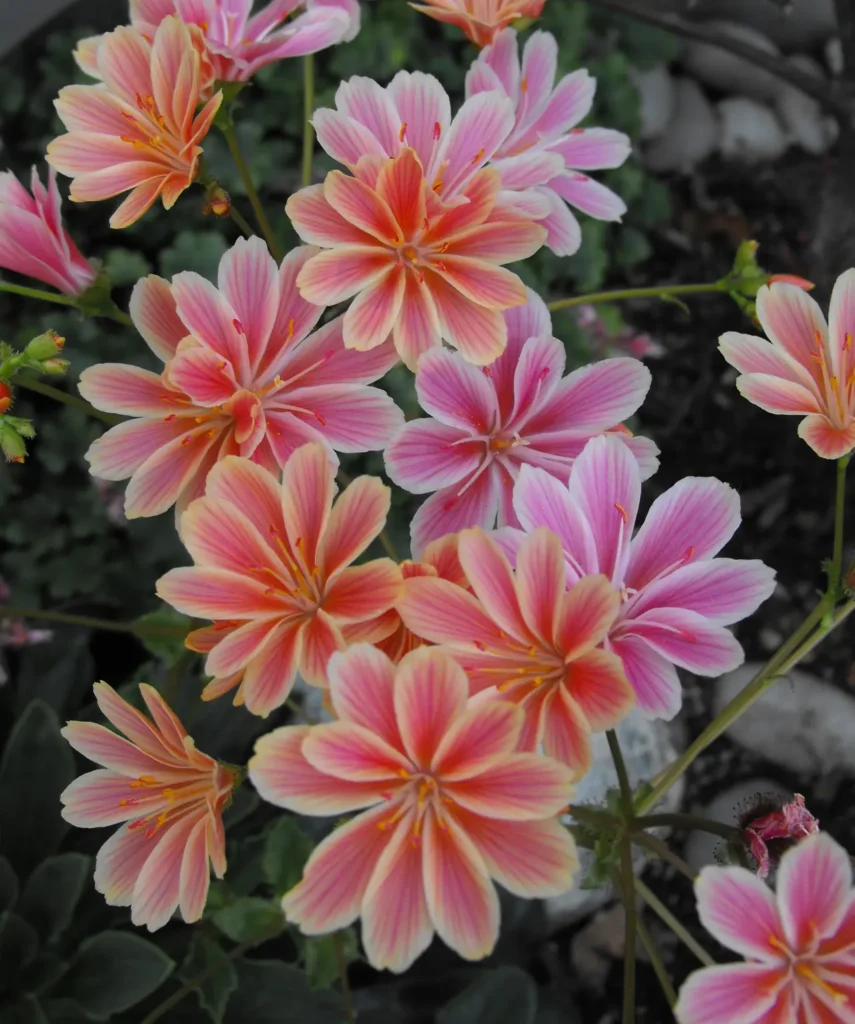
Lewisia is a type of perennial plant that belongs to the Montiaceae family, with Lewisia cotyledon being the most commonly found species. It is also known as Siskiyou Lewisia or Cliff Maids. This charming wildflower has succulent, fleshy leaves in a rosette formation that grow near the ground. This helps protect the plant from severe weather conditions and conserve moisture in arid areas.
The center of the rosette sprouts a dainty and slim stem that carries clusters of stunning, saucer-shaped flowers. These flowers are available in various shades, including bright pink, orange, yellow, and white, often with contrasting centers. Each flower is made up of several petals, creating a dazzling array of colors that adds a pop of brilliance to the rocky landscapes.
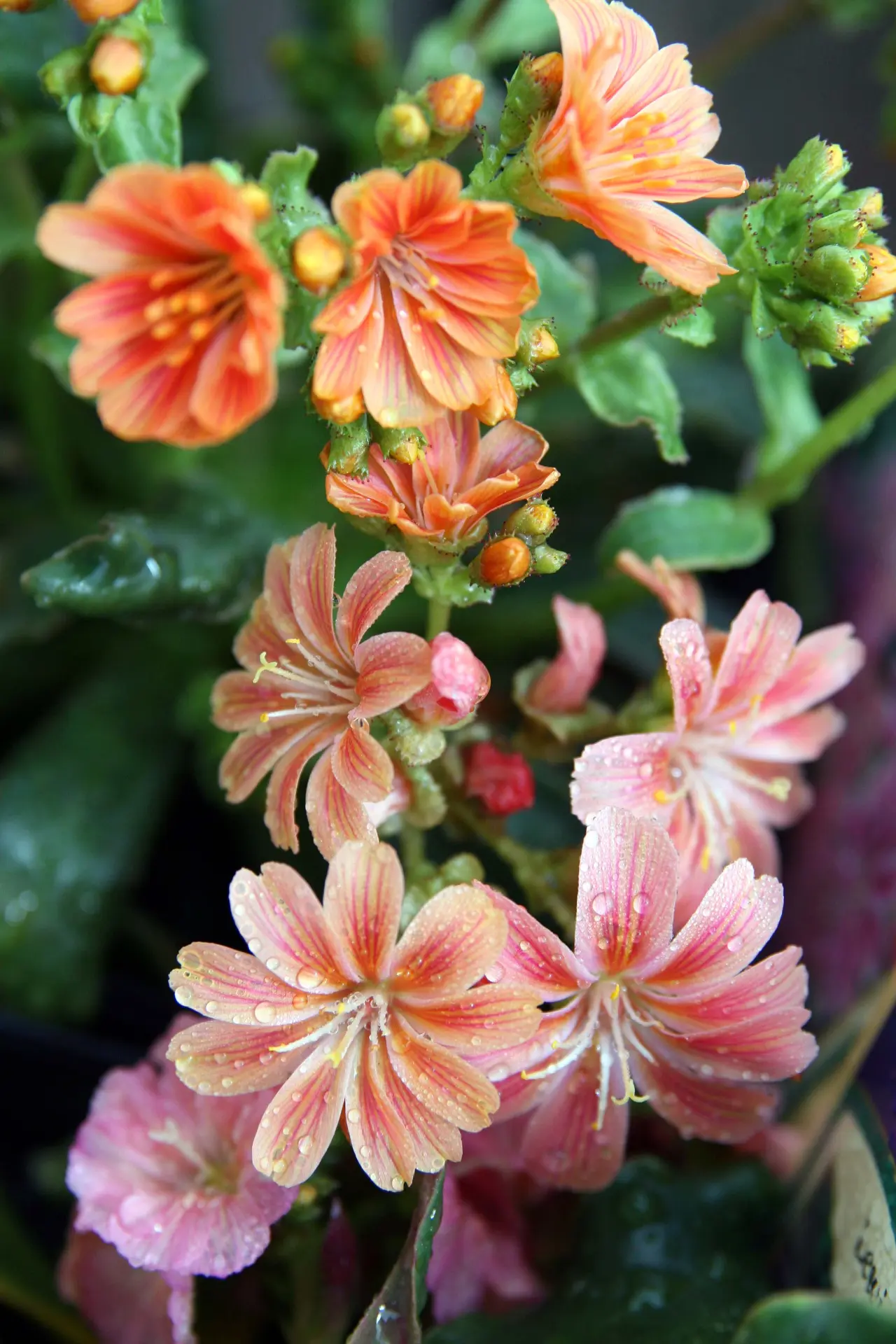
Lewisia flowers, belonging to the Portulacaceae family, come in a variety of bright and vibrant colors. Depending on the species and cultivars, these small trumpet-shaped flowers can range from pale pastel pink to deep purple hues, eye-catching orange, cheerful yellow, striking red, and elegant white. They typically appear in clusters on slender stems and are beloved for their delicate beauty. Lewisia flowers are commonly grown as rock garden plants, in containers, or as ground cover in well-draining soil. The flower colors can be influenced by various factors such as sunlight exposure, temperature, and soil conditions. Witnessing a collection of Lewisia flowers displaying their diverse and vivid colors in the spring and summer months is truly a delightful sight.
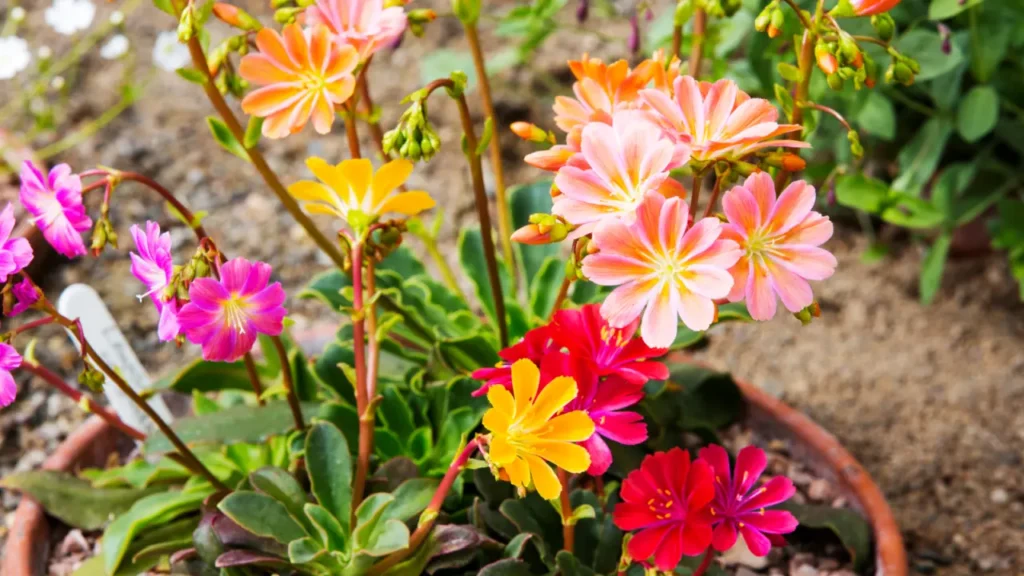
Lewisias are a type of flower that can be found in the western parts of North America, specifically in areas ranging from northern California up to British Columbia, and spanning as far east as Montana and Wyoming. These flowers are most commonly found growing in rocky outcrops, cliffs, and alpine meadows, using their strong roots to cling onto crevices and other rocky surfaces. The fact that Lewisias can grow in such harsh environments is a testament to their impressive adaptability and resilience.
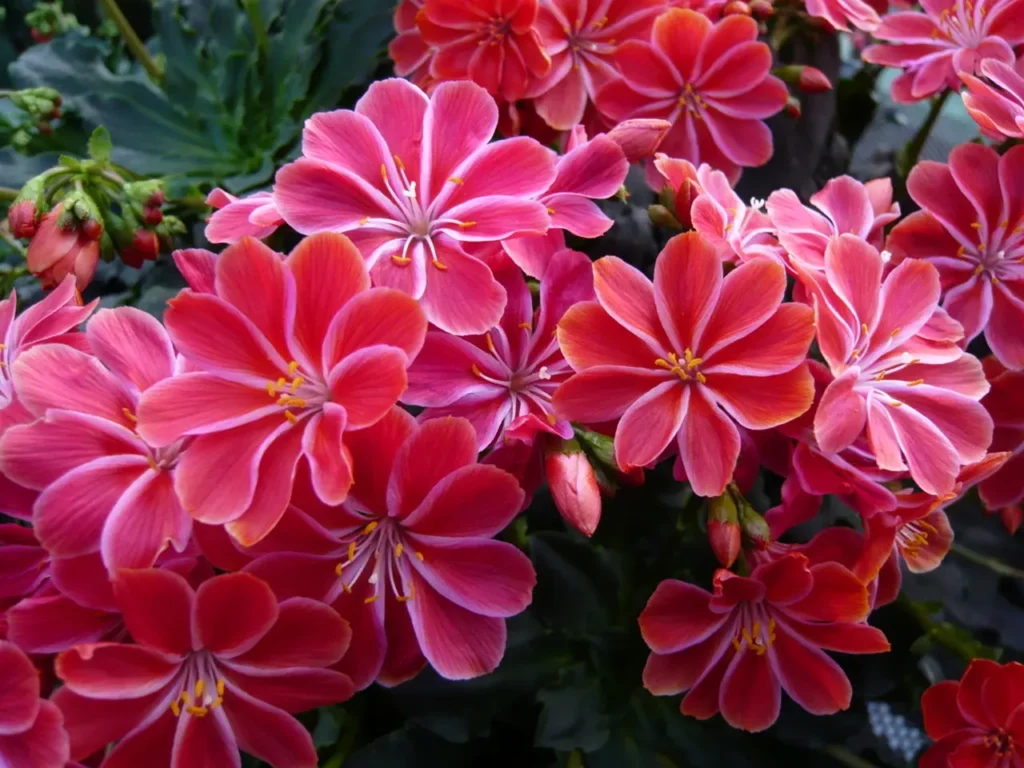
Apart from its botanical importance, Lewisia holds a significant cultural value among hikers and nature lovers who explore the rough terrains of western United States. Its stunning appearance and the excitement of discovering this wild flower in its organic surroundings make it a desirable attraction for individuals who enjoy exploring mountainous areas.
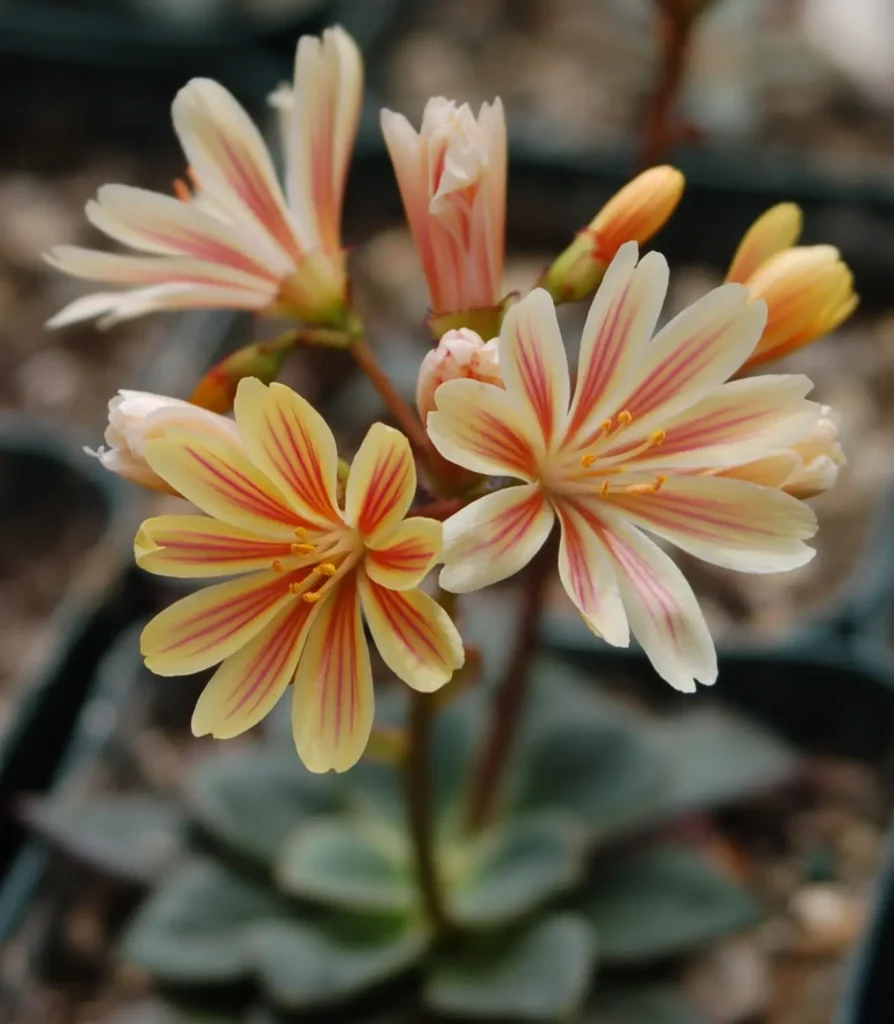
Preserving the Lewisia flower may not be a worldwide concern, but it is still vulnerable to destruction from human actions like habitat degradation and recreational hiking. It’s crucial to safeguard the ecosystems in which this lovely plant flourishes to maintain its survival and beauty.
If you’re planning to grow Lewisia in your garden, remember that it has specific habitat preferences. As a wildflower native to rocky and alpine regions, it thrives in well-draining, sandy or gravelly soil with plenty of sunlight and air circulation. Be mindful of these requirements to ensure the best possible growing conditions for your Lewisia plants.

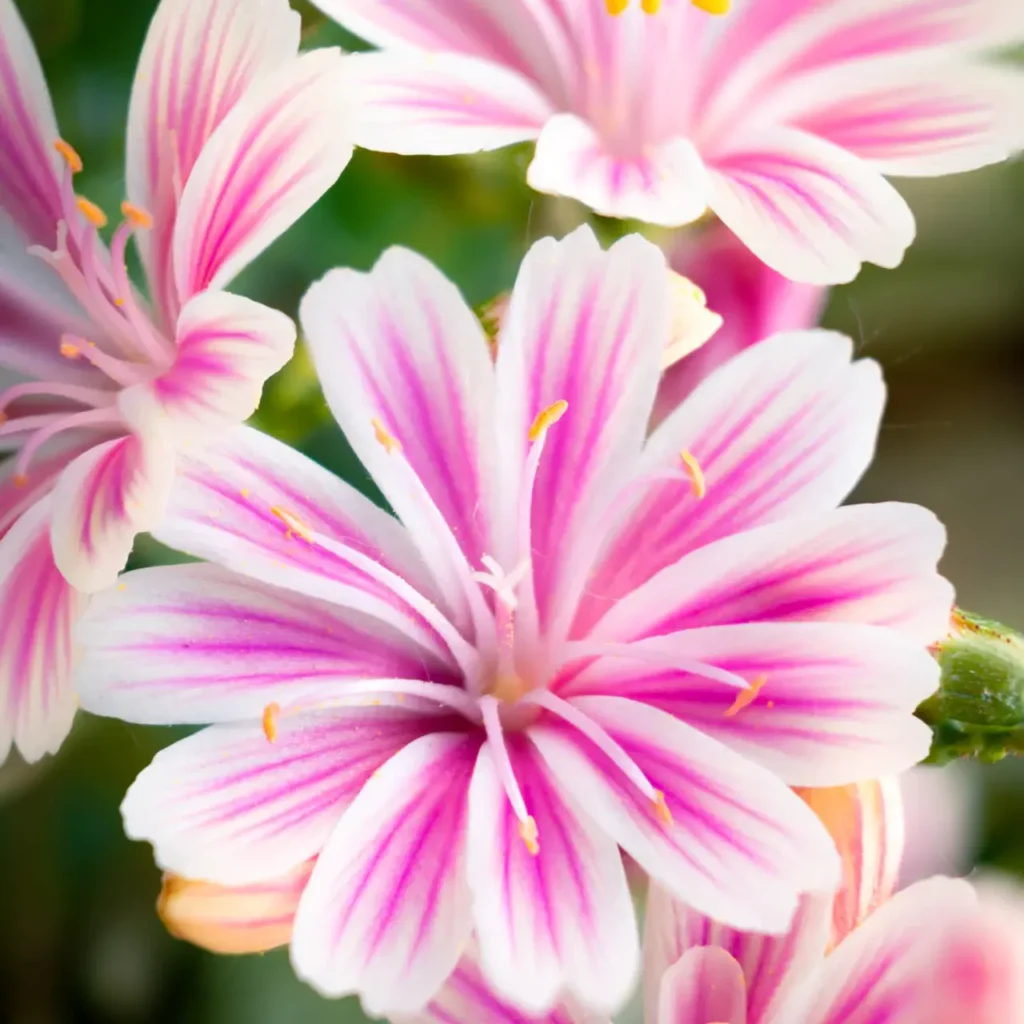
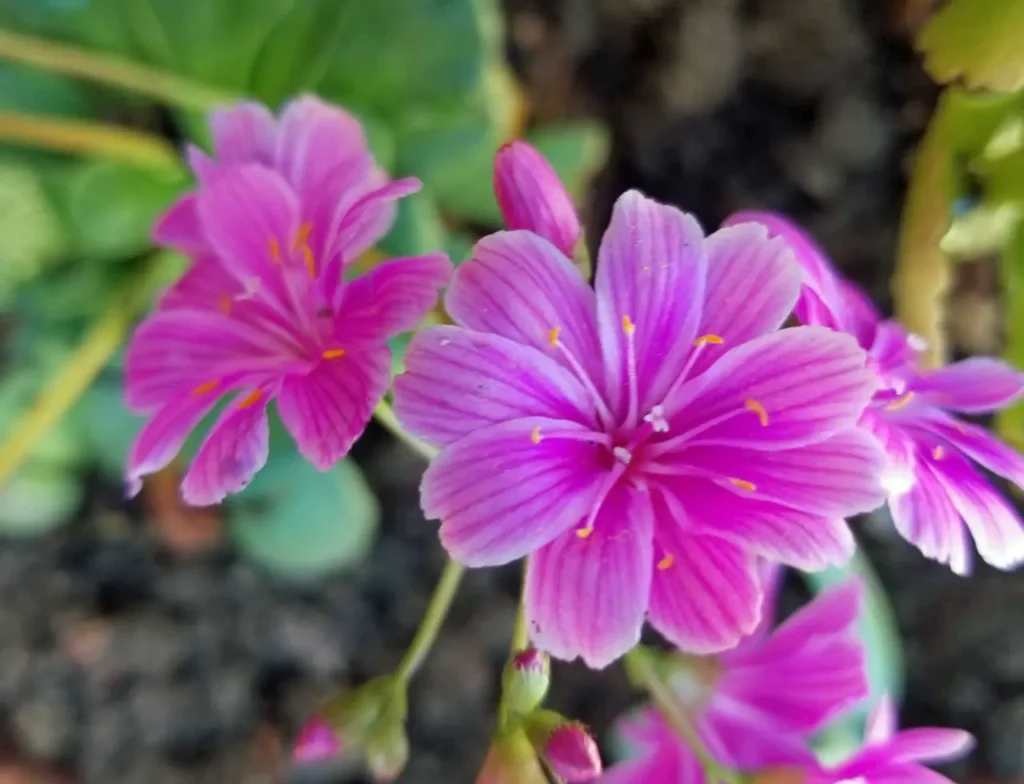
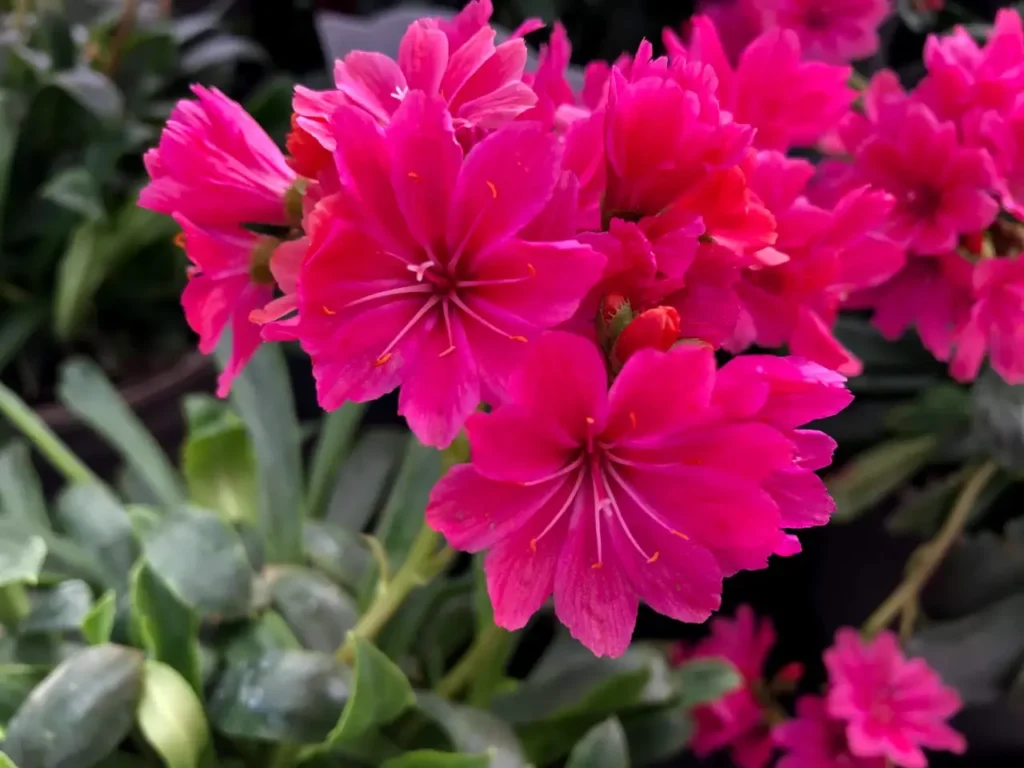
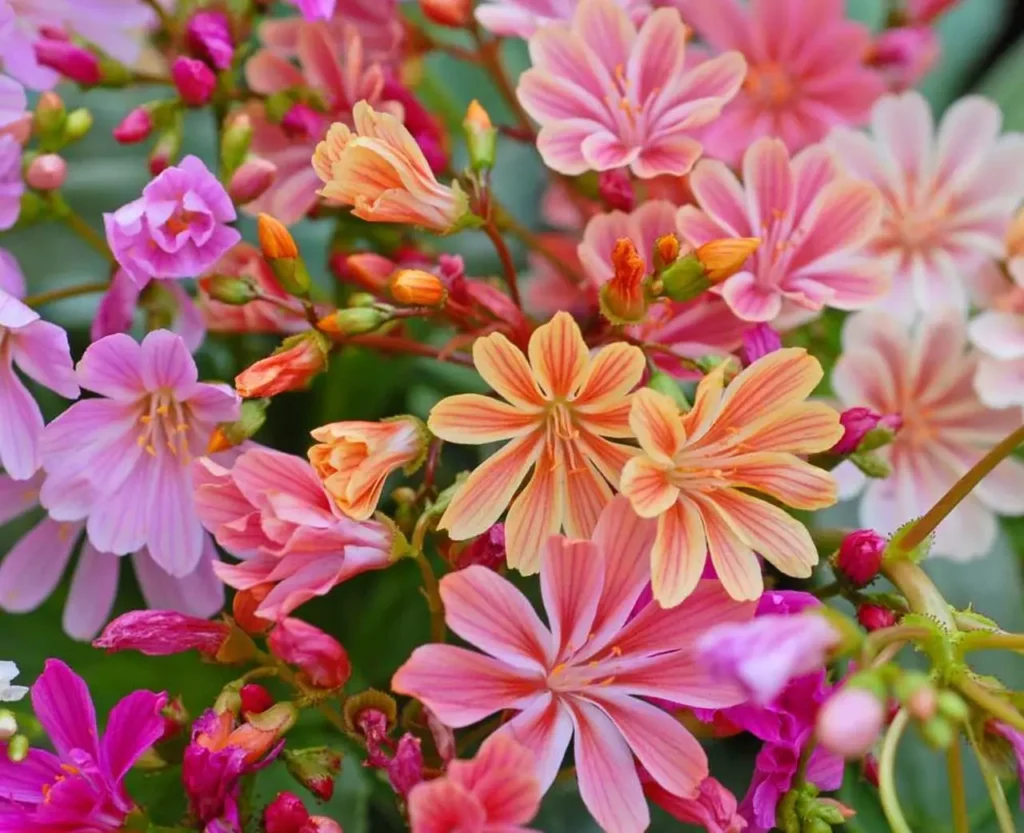
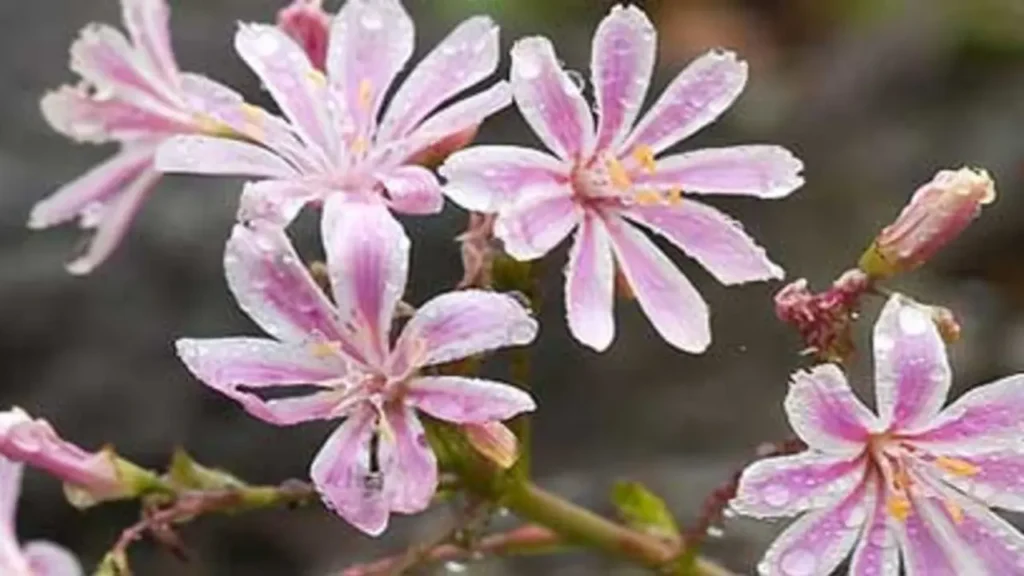
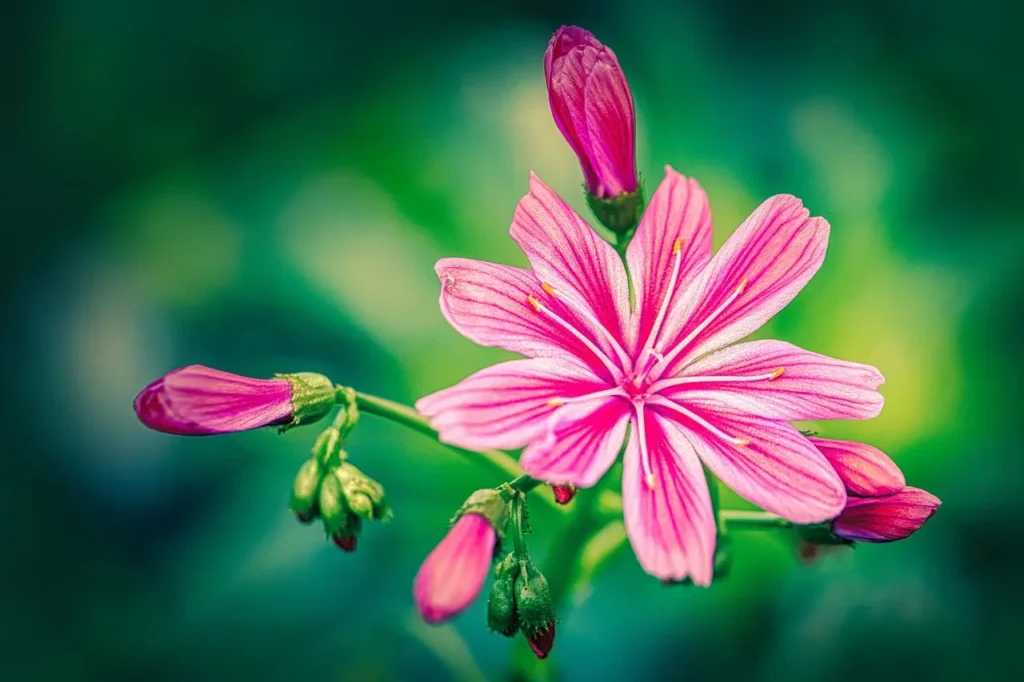
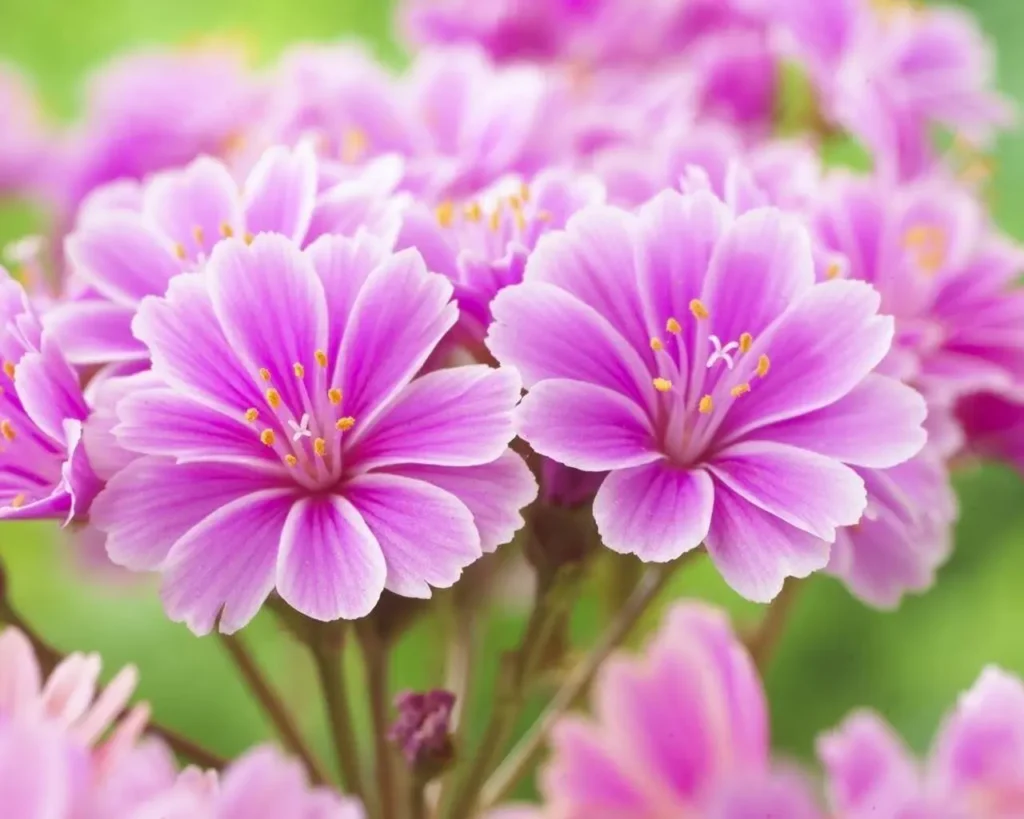
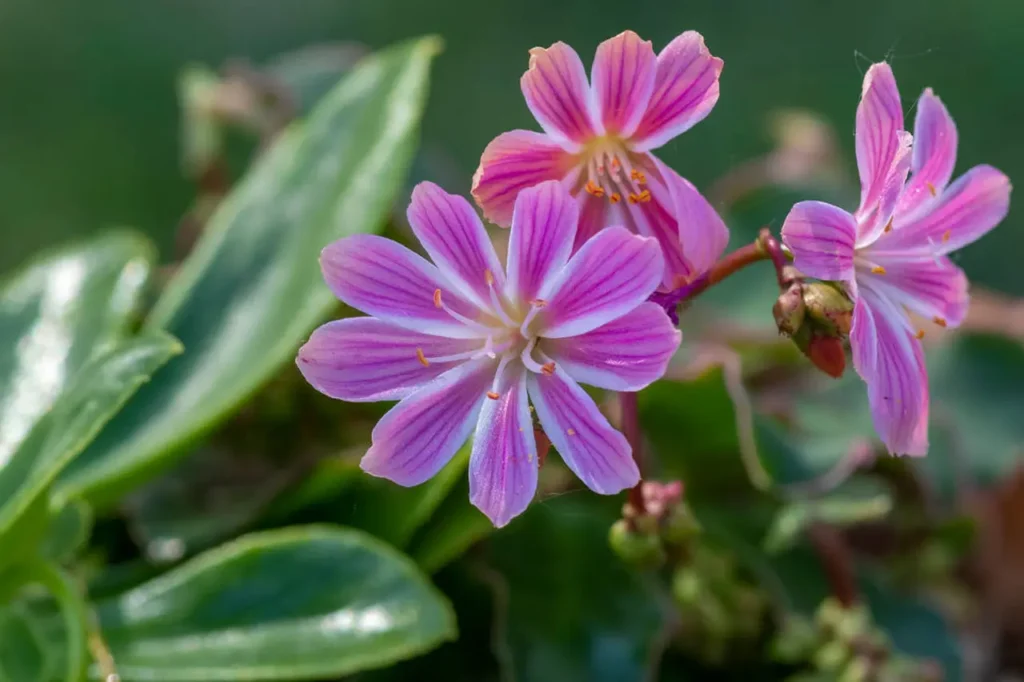
The Lewisia plant is a stunning sight to behold in the western region of North America. Its vibrant and colorful flowers amidst rocky cliffs and alpine meadows never fail to captivate hikers and nature enthusiasts alike. This plant is well-loved for its resilience and beauty, which serves as a reminder of the wonders of the natural world. By preserving its delicate ecosystems and admiring its presence in both wild and cultivated gardens, we can help keep this dazzling gem enchanting for many more generations to come.
